[Photo Essay] Edinburgh
This is a photo essay on the beautiful city of Edinburgh. I was there to present my project Pinchphone at the Open Hardware Summit 2025. Here are some pictures I clicked during my walks and hikes.
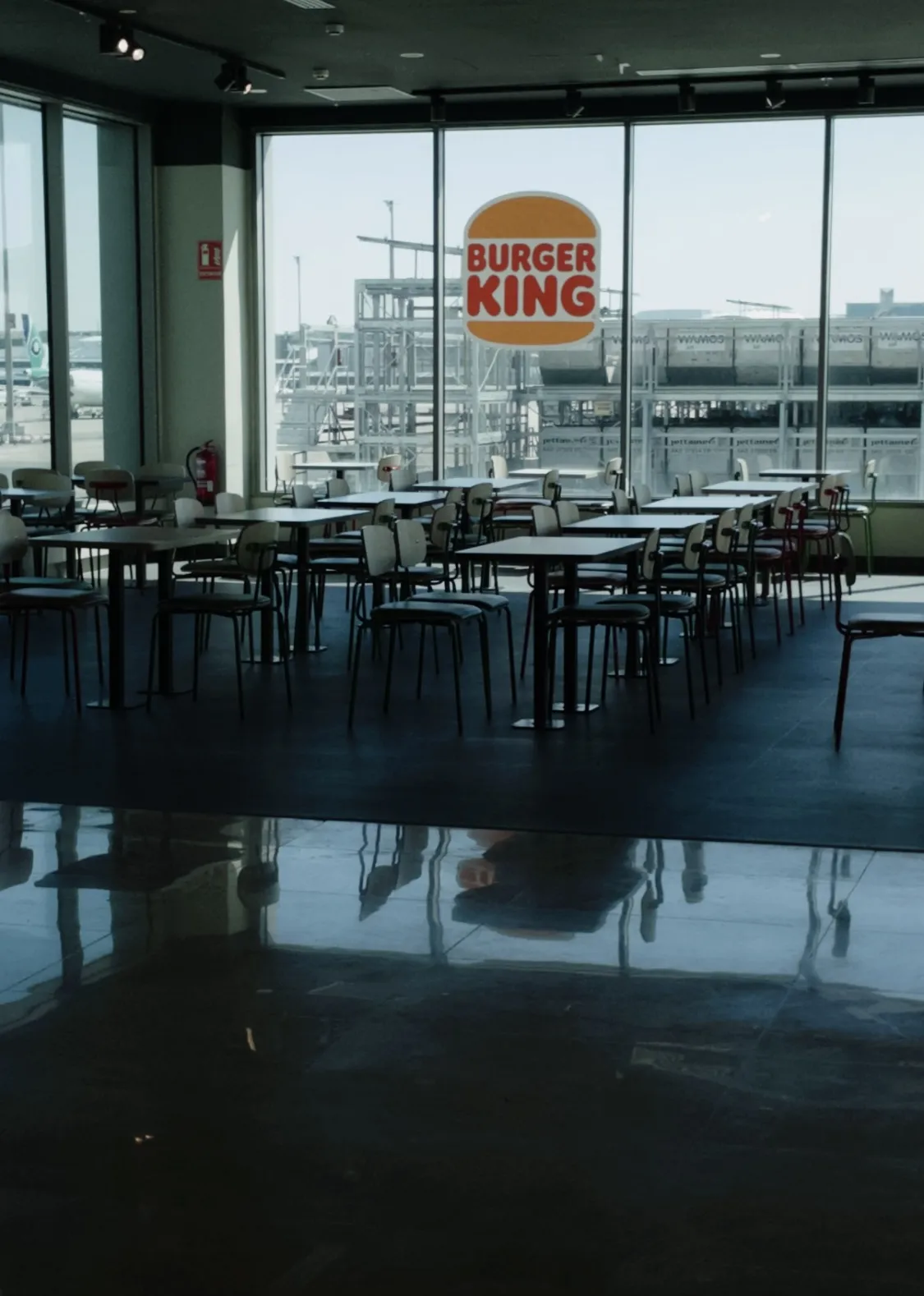
My journey began at Madrid Airport, where I caught a late evening flight. The sky was overly lit — great news for those of us who enjoy capturing shadows.
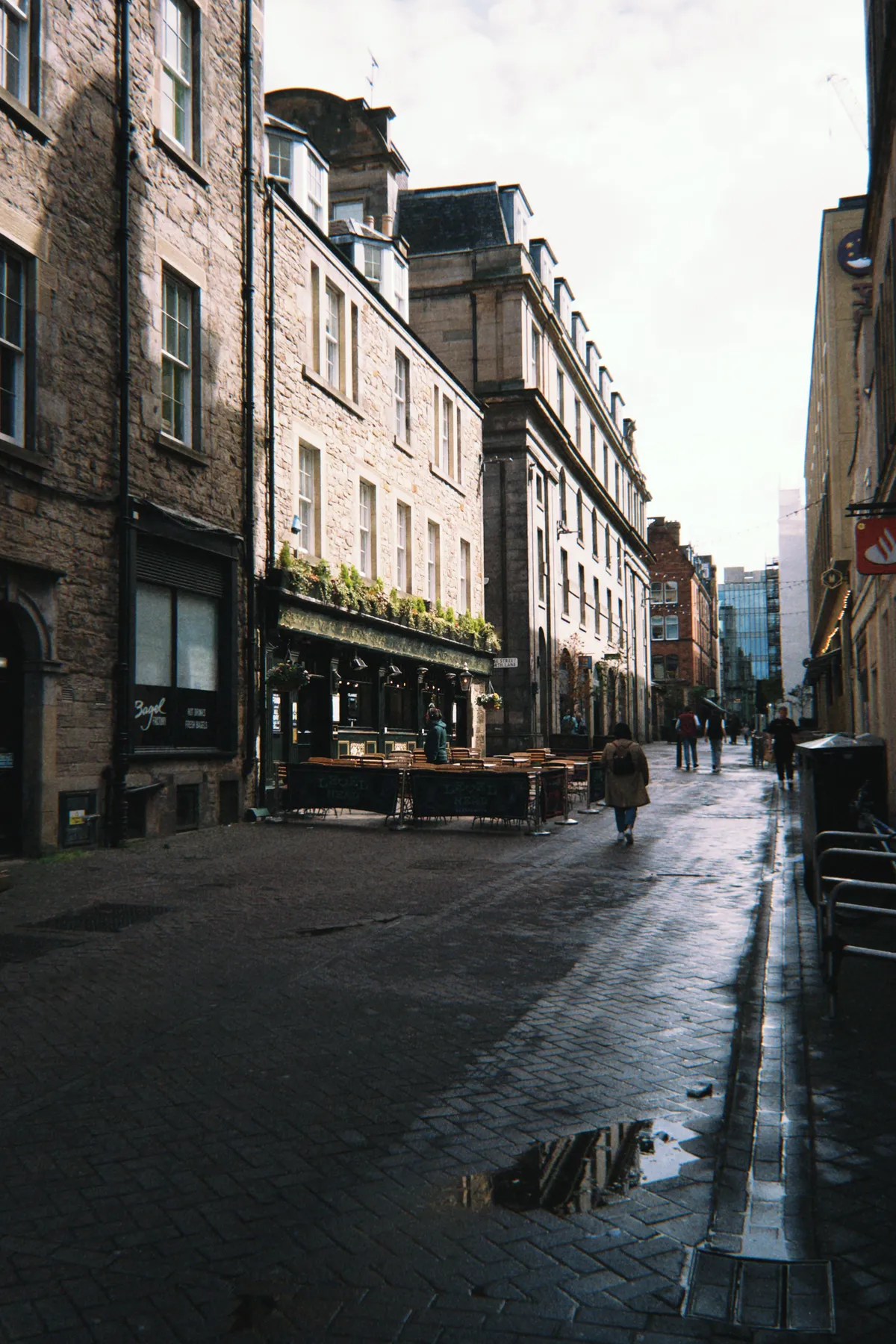
Edinburgh’s cityscape has this rustic, “Harry Potter meets medieval Scotland” vibe. The Old Town is mostly Medieval and Scottish Baronial in style, with sprinkles of Renaissance and Gothic drama.
I spent about four days in Edinburgh before heading to York. Following my guide on exploring cities, I looked for the highest nearby spot — Calton Hill. It was very windy. Like, “this-is-now-a-weather-type” windy. From the top, you can see sweeping views of the city, and there’s an unfinished pantheon-like structure called the National Monument.
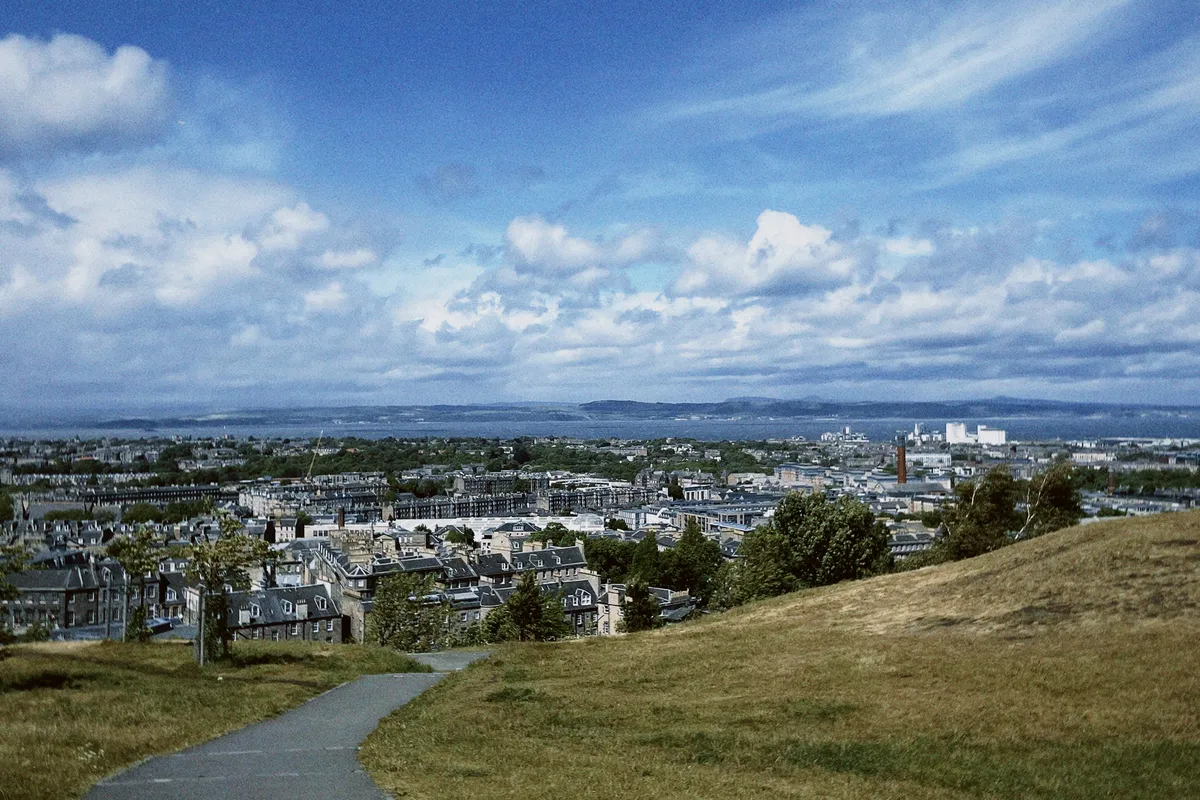
There’s also the Nelson Monument (under repair when I visited), and beyond it — the sea. The wind was so strong the water looked like ice. I thought I was hallucinating at one point, but no — just foamy water doing its thing. I’d never seen waves behave like that before.

Next, I walked to the Prince’s Street Garden — which, fun fact, used to be a lake (Nor Loch) that protected the Old Town. Now it’s beautifully landscaped, with museums and the Scott Monument nearby.
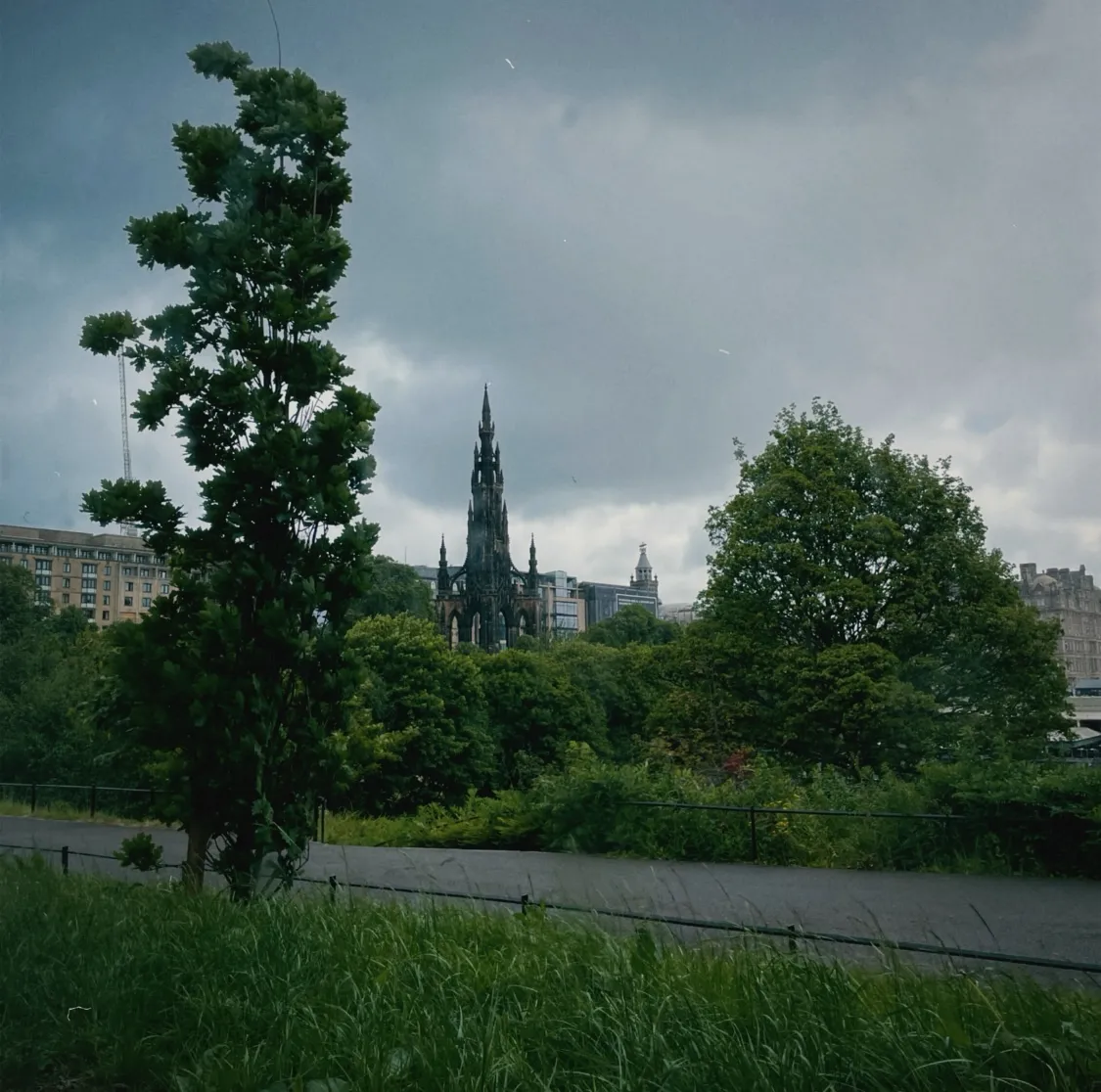
The Scott Monument is one of Edinburgh’s signature landmarks — a dramatic, spiky Gothic tower built to honour Sir Walter Scott. It’s about 61 meters tall and has all the classic Victorian Gothic flair: tall spires, arches, and over-the-top stonework. Fun detail — his novel Waverley is why the main train station is named... well, Waverley.
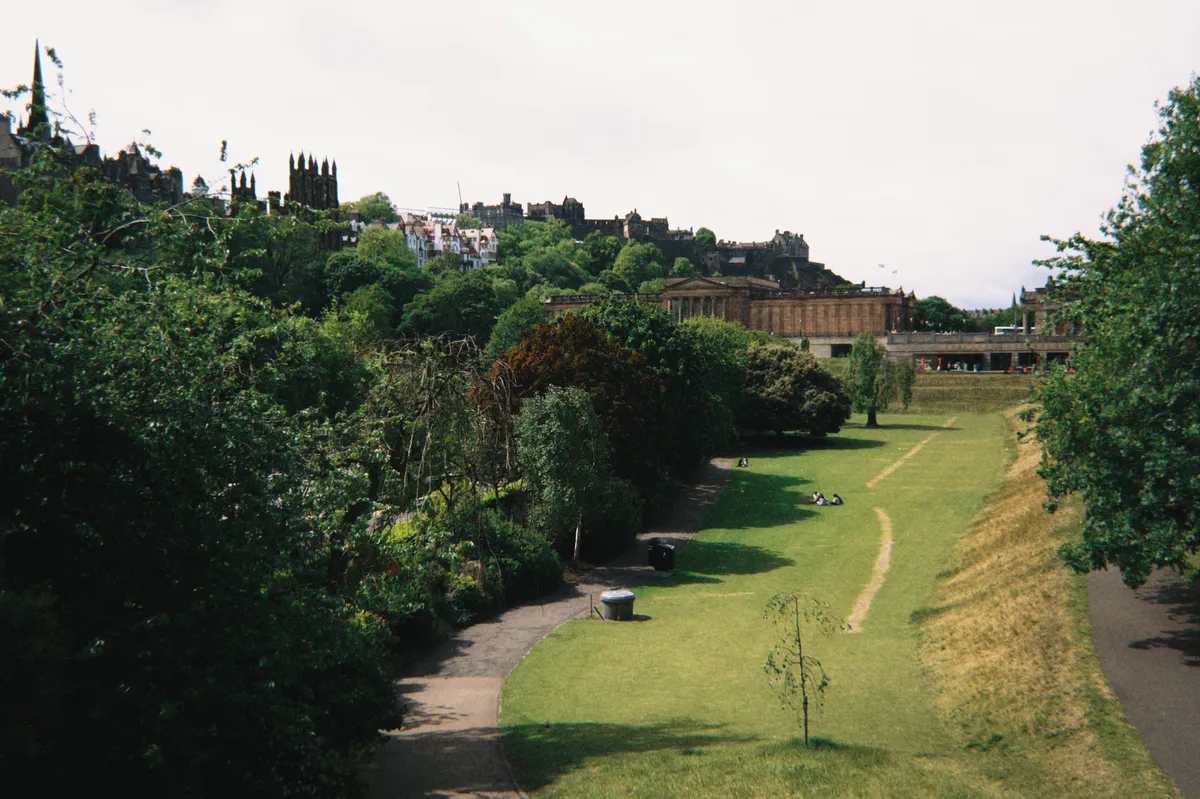
On the way, I grabbed my favourite Tesco meal deal. I watched people in the supermarket slowly spiral into confusion, trying to choose the right combo. This became one of my go-to pub conversation starters. I’d love to know the statistics on lifetime hours spent navigating the Tesco meal deal.
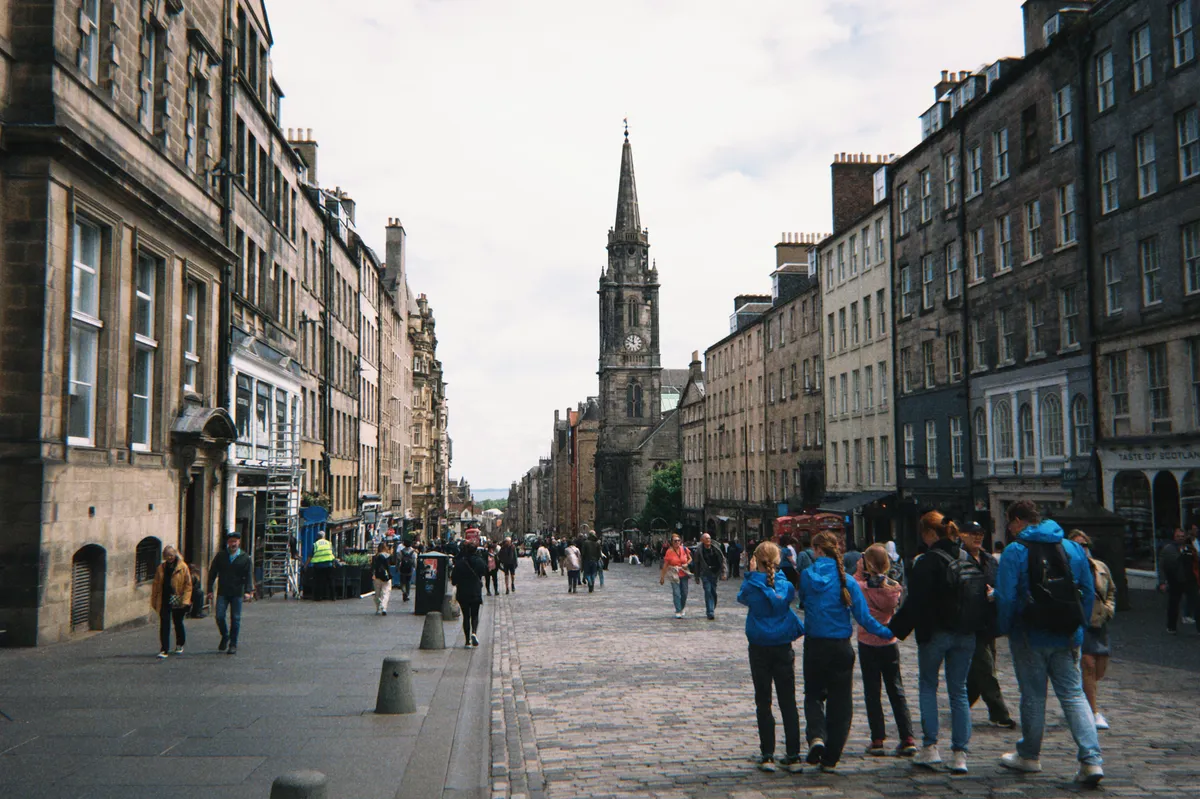
Then I walked down the Royal Mile — the old street connecting the Palace of Holyrood to Edinburgh Castle. It's full of fun touristy bits, like St. Giles’ Cathedral and the Scottish Parliament. The walk feels different depending on your direction. During the day: tourists. At night: a study in human behaviour under the influence of alcohol. The Mile itself sits on an ancient volcanic ridge — classic “crag and tail” formation.
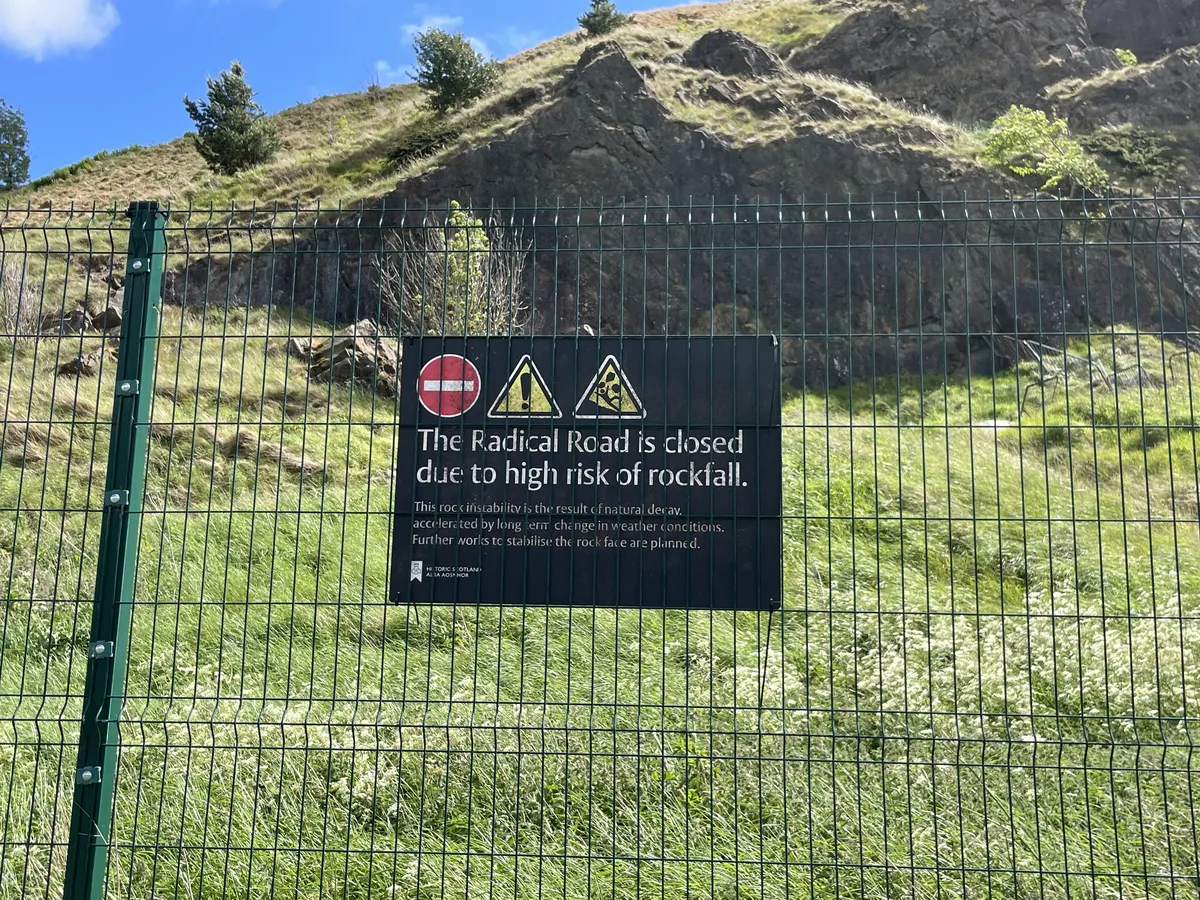
Speaking of volcanoes, it was time to climb Arthur’s Seat. The day got dramatically windier. The "radical route" was closed, which was fine — I wasn't in a radical mood anyway. I followed a group of confident-looking people and... ended up on the wrong side of the hill.
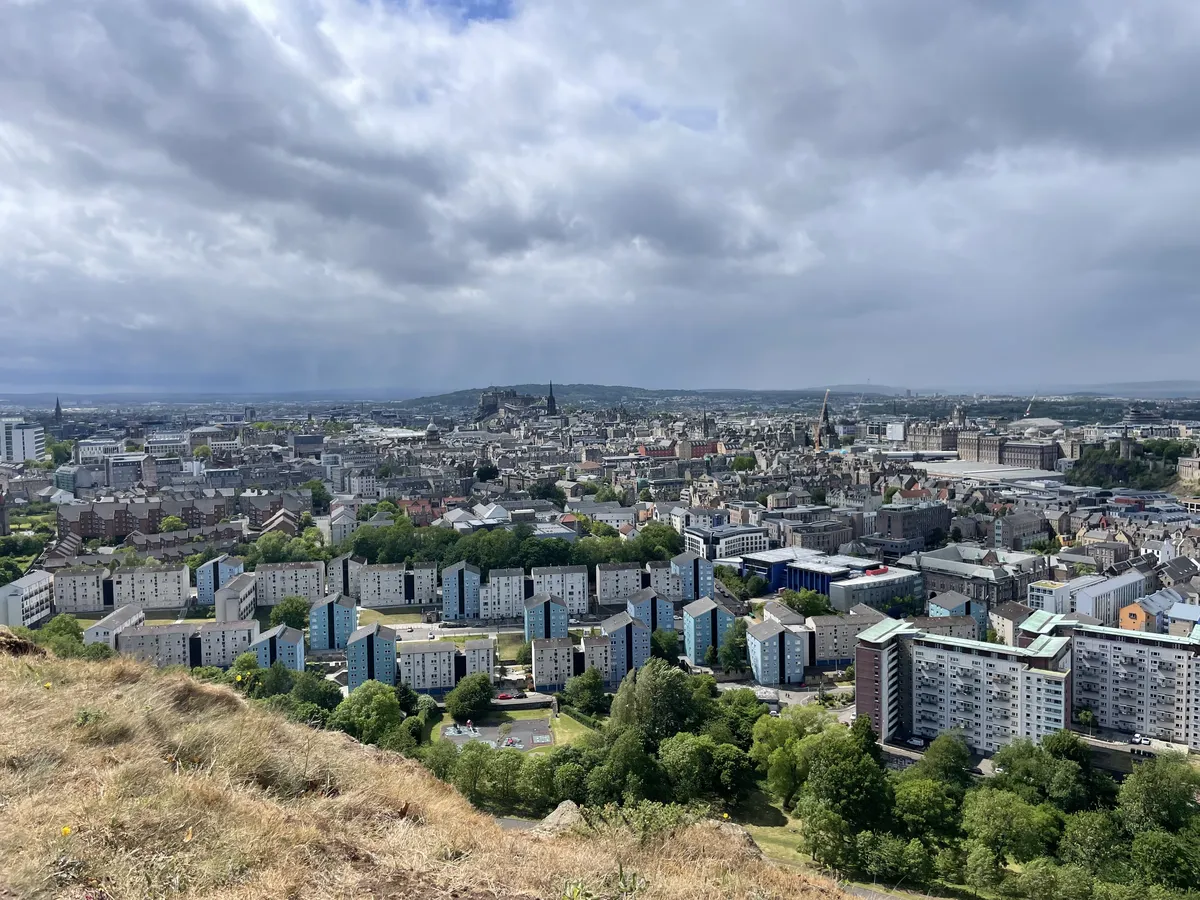
Still, the views were stunning. I could spot the Palace of Holyrood from above, nestled in its grounds like a royal Lego piece.

After a short moment of existential clarity (or maybe just tiredness), I located the actual trail to Arthur's Seat. There was no one in front or behind me — just a small winding path that felt like it belonged in a movie. Eventually, I was mid-way up. The wind paused. The rain began. I was joined by some chatty kids from London with loose pants and their overenthusiastic dad. We shared some awkward but friendly small talk. I joined their group, uninvited.
Then, as if to reward the effort, a rainbow appeared. The rain bowed to my hike. (Do you see the pun? I’ll see myself out.)
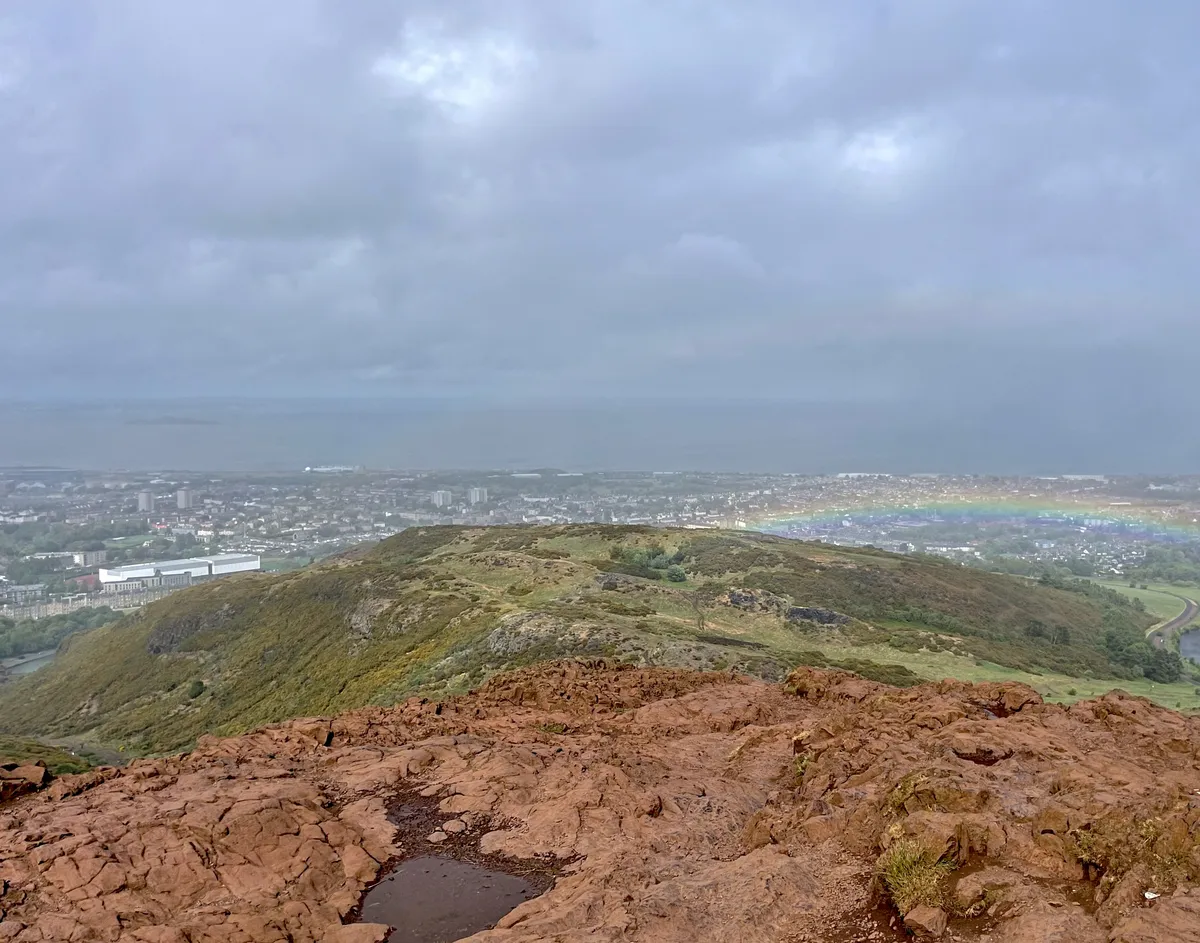
It was getting late, so I rushed to the New Town to catch the dusk — and had a quick dinner at an Afghan restaurant.
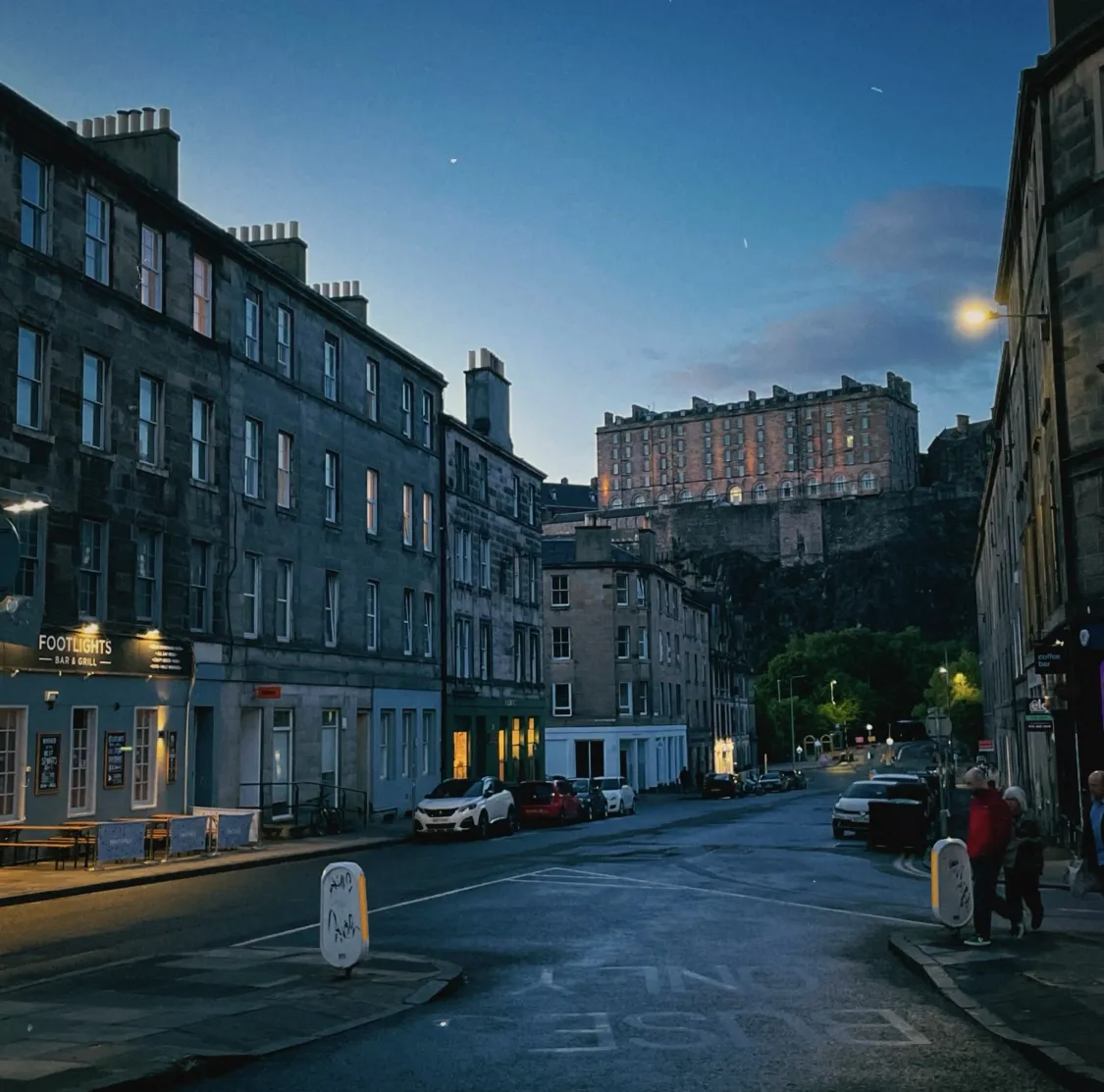
Rain is a way of life in Edinburgh. People wear raincoats as if they were born in them. I loved seeing that quiet resilience on the streets.
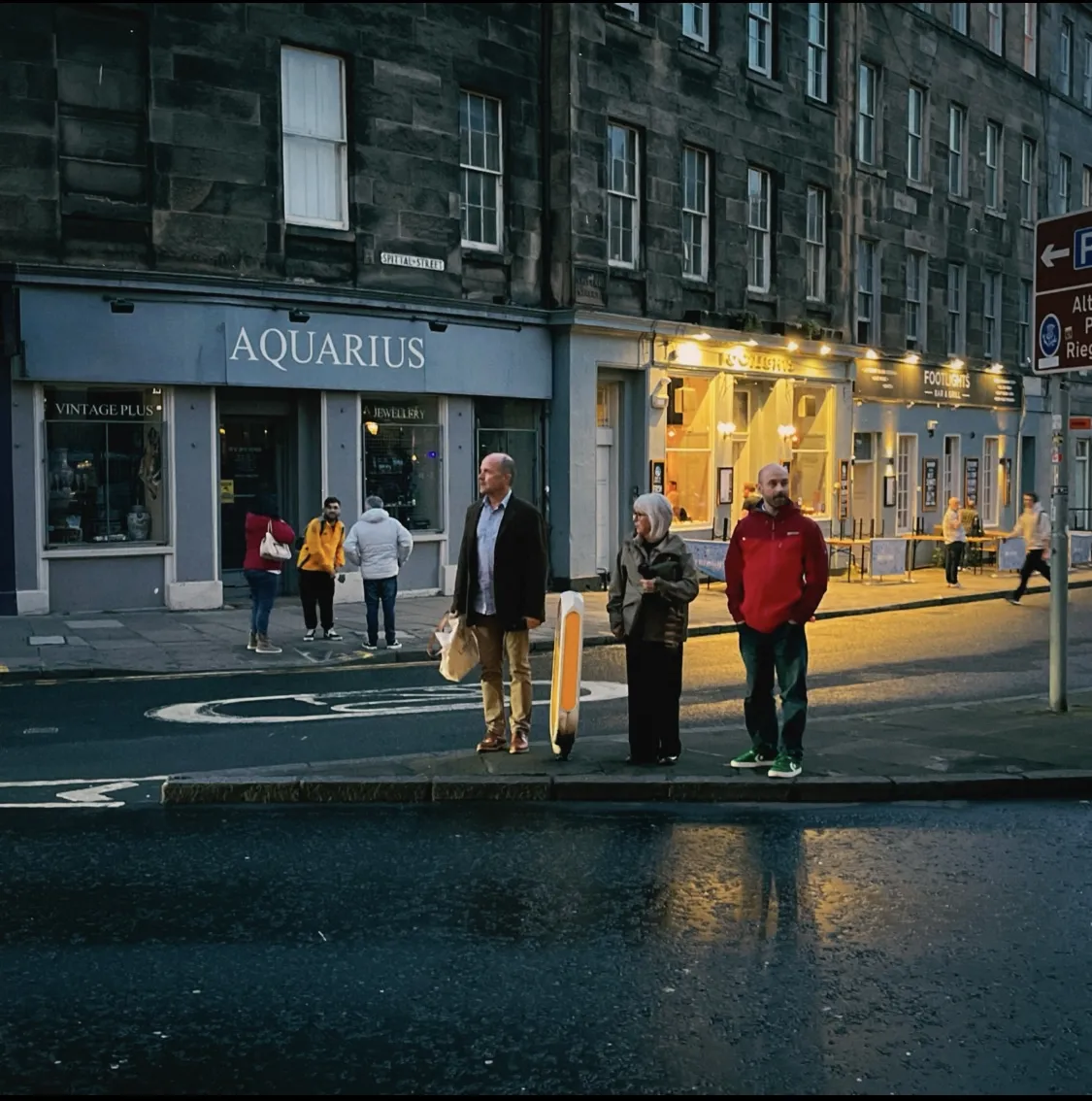
As I wandered into the nightlife zone, people moved between pubs like atoms in a beaker. I was still looking for Tom Riddle’s grave (as one does), and in that quest, stumbled upon this beautiful house that gave serious Madrid corralas vibes.
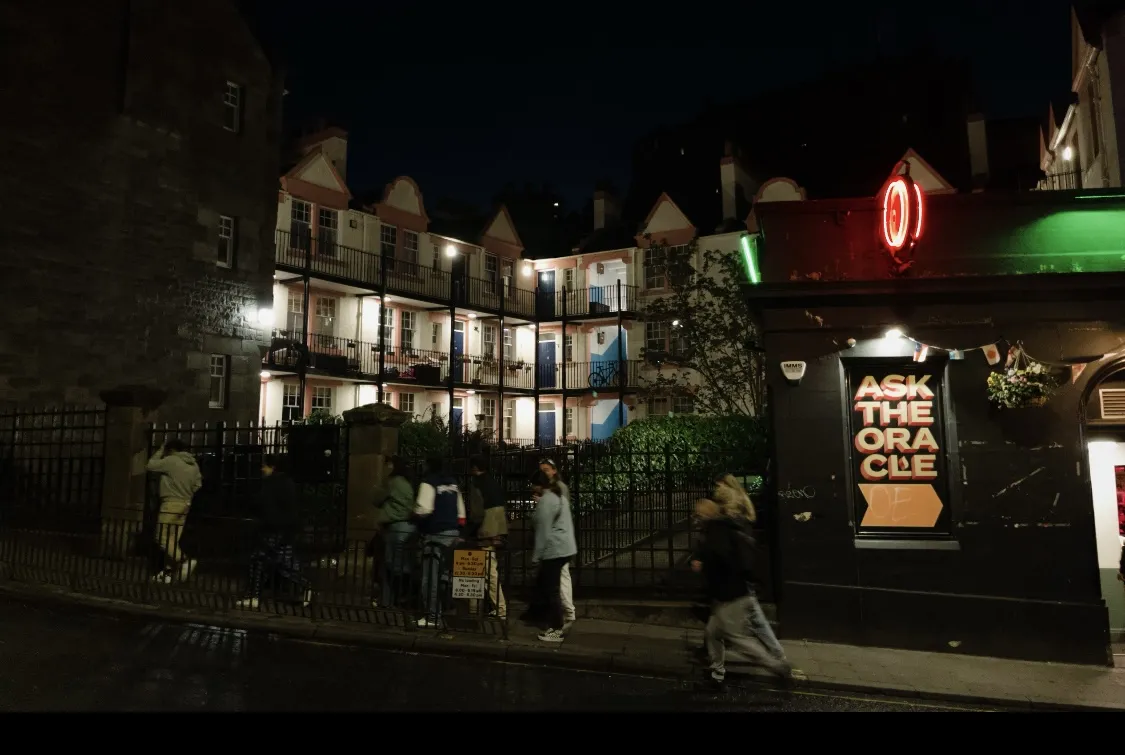
Then I found myself near Victoria Street — inspiration for Diagon Alley. It was mostly empty now, with only a few lingering bar hoppers. Spooky in the best way.
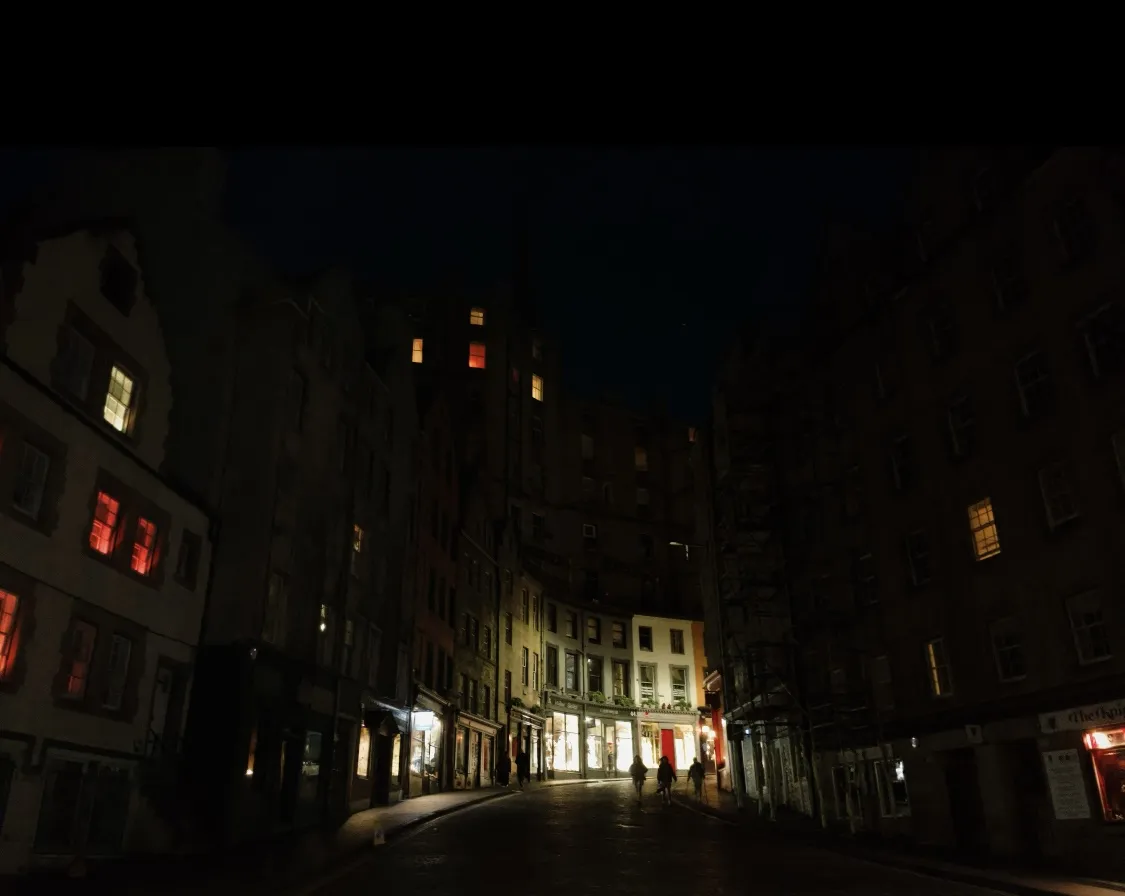
The next day, I randomly met some folks from the conference and we walked around together.
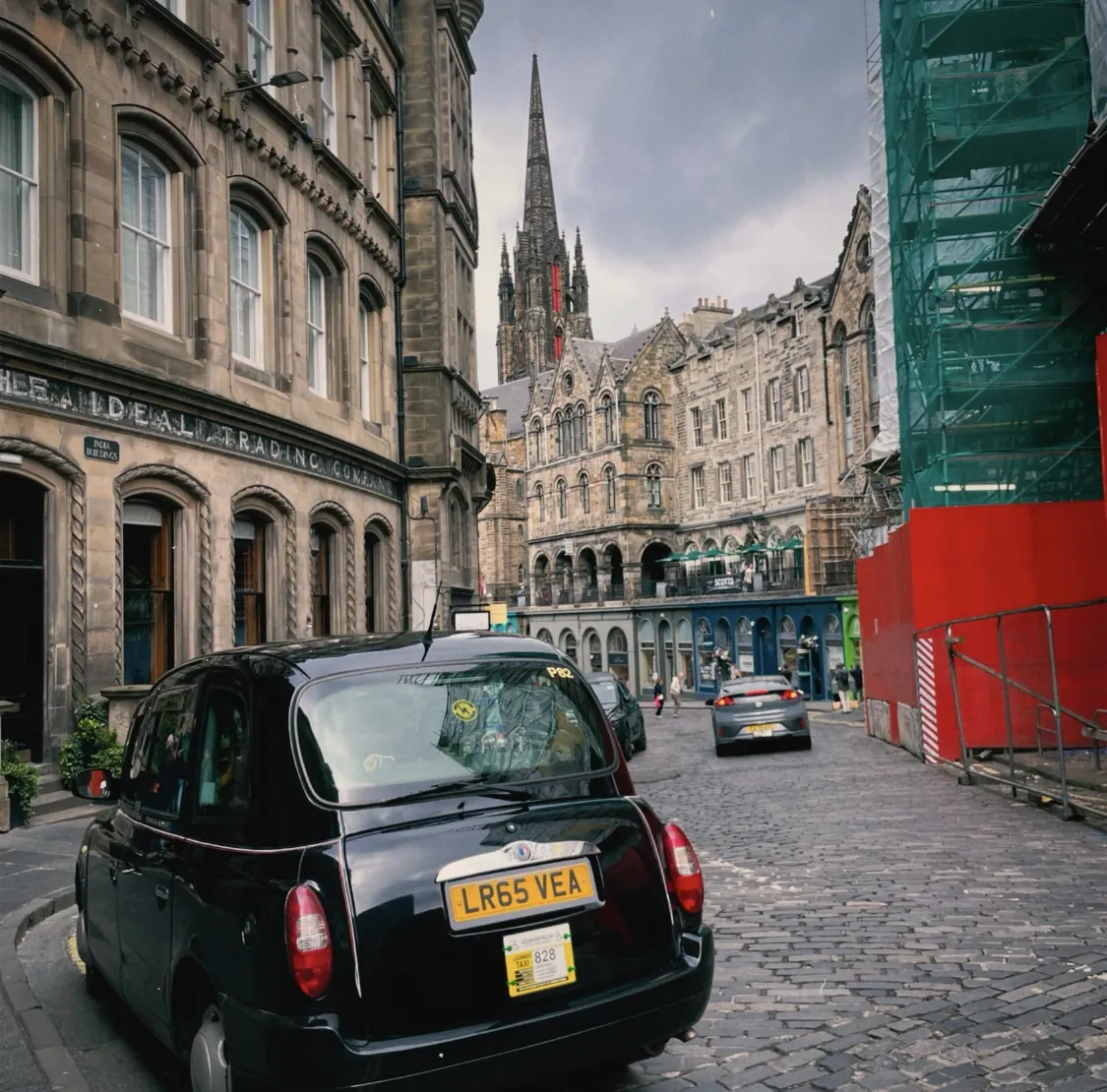
One of the highlights was Dean Village — a fairytale-like old milling village tucked along the Water of Leith. It feels like a place Edinburgh accidentally absorbed over time.

The vibe is quiet, stone-built, charming. It used to be a grain milling center for 800+ years, now it's prime Instagram material.
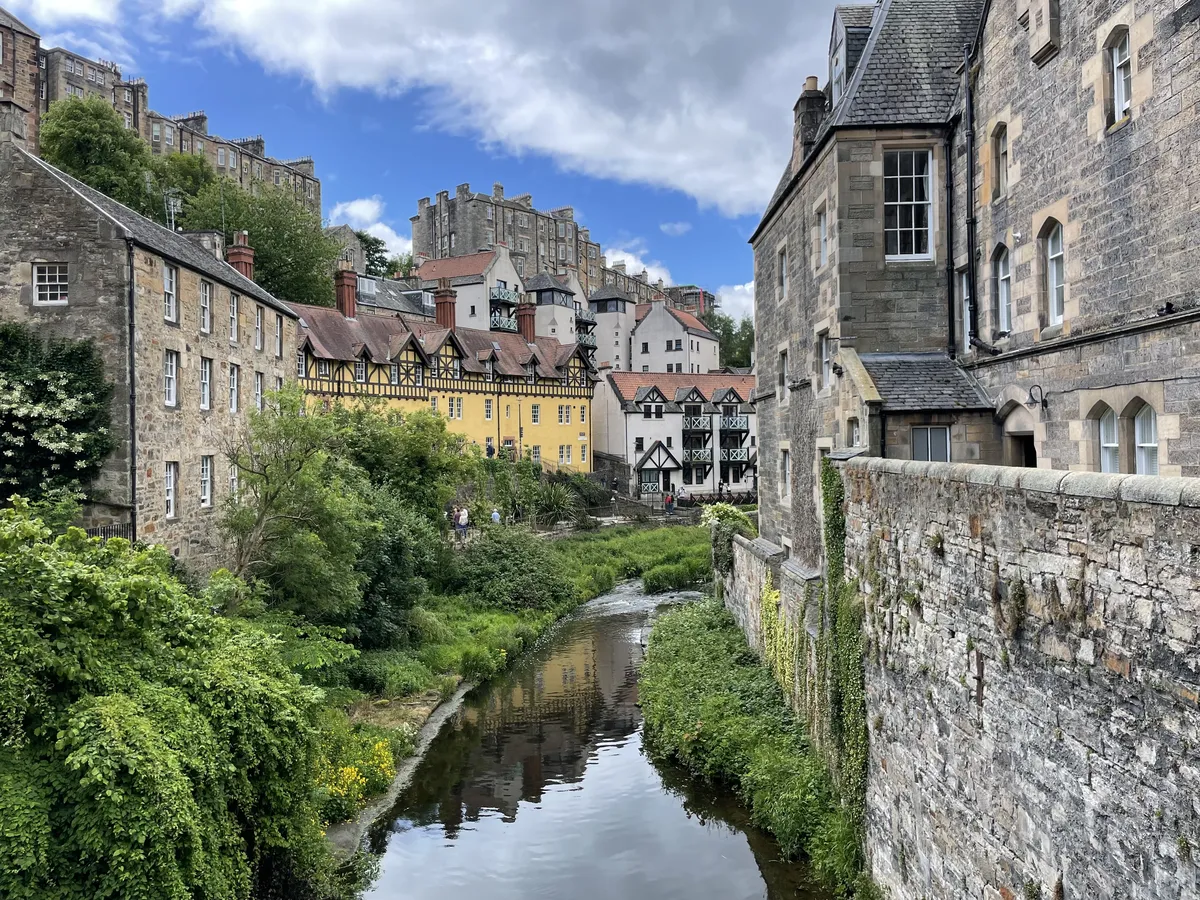
Also found a perfect British sign: “Please do not obstruct... gate in constant use.” Politeness first, reason second. Beautifully engineered social messaging.
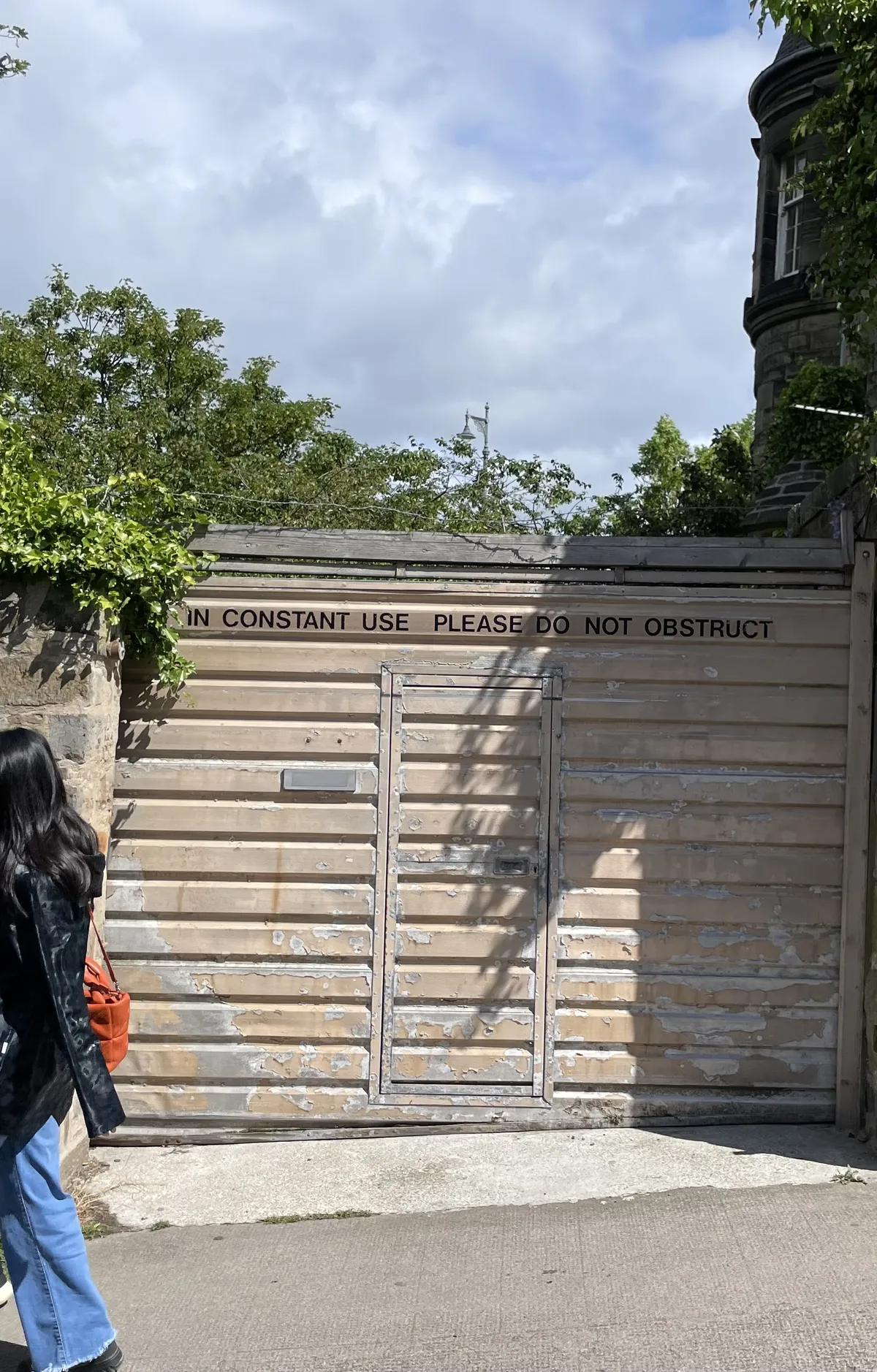
Then I visited the National Scott Museum to see a painting rather special to the history of colonialism in India: Sir David Baird Discovering the Body of Sultan Tipoo Sahib. Yes, that one. It captures a defining moment from the 1799 Siege of Seringapatam.
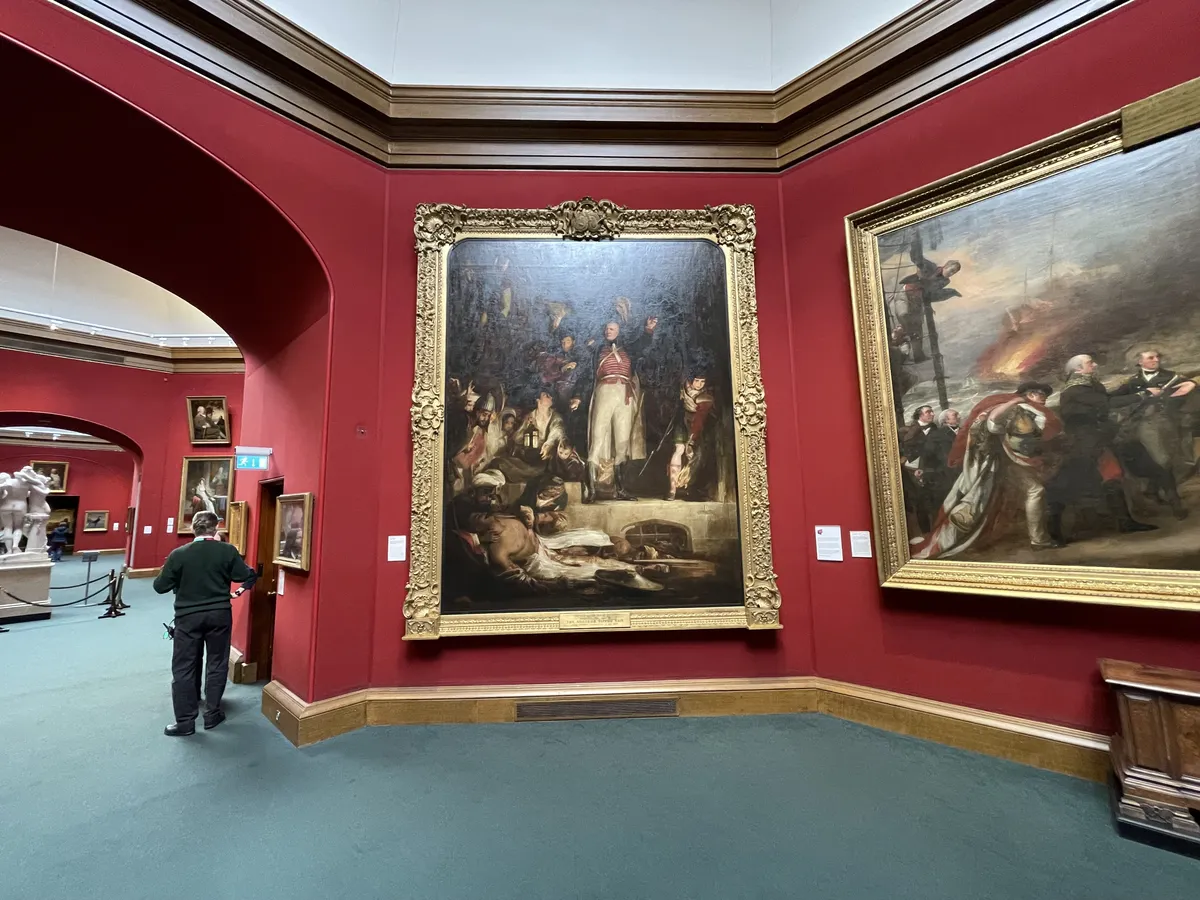
Tipu Sultan was a fierce opponent of British colonialism and a bit of a legend — he even built iron-cased rockets (yes, actual military rockets). He had allied with Napoleon’s France, which obviously alarmed the British. Long story short: General Sir David Baird led the final assault and found Tipu’s body in a tunnel called the Water Gate.
Why this painting? Well, Baird had been imprisoned by Tipu for four years during an earlier war — in chains. So the painting is not just history; it’s personal revenge in oil and canvas. It was painted in 1839 by Sir David Wilkie, and commissioned by Baird’s wife. Wilkie died shortly after — this was his last big piece.
Sorry if I sound obsessed. But... history, drama, vengeance, oil painting? Yes, please.
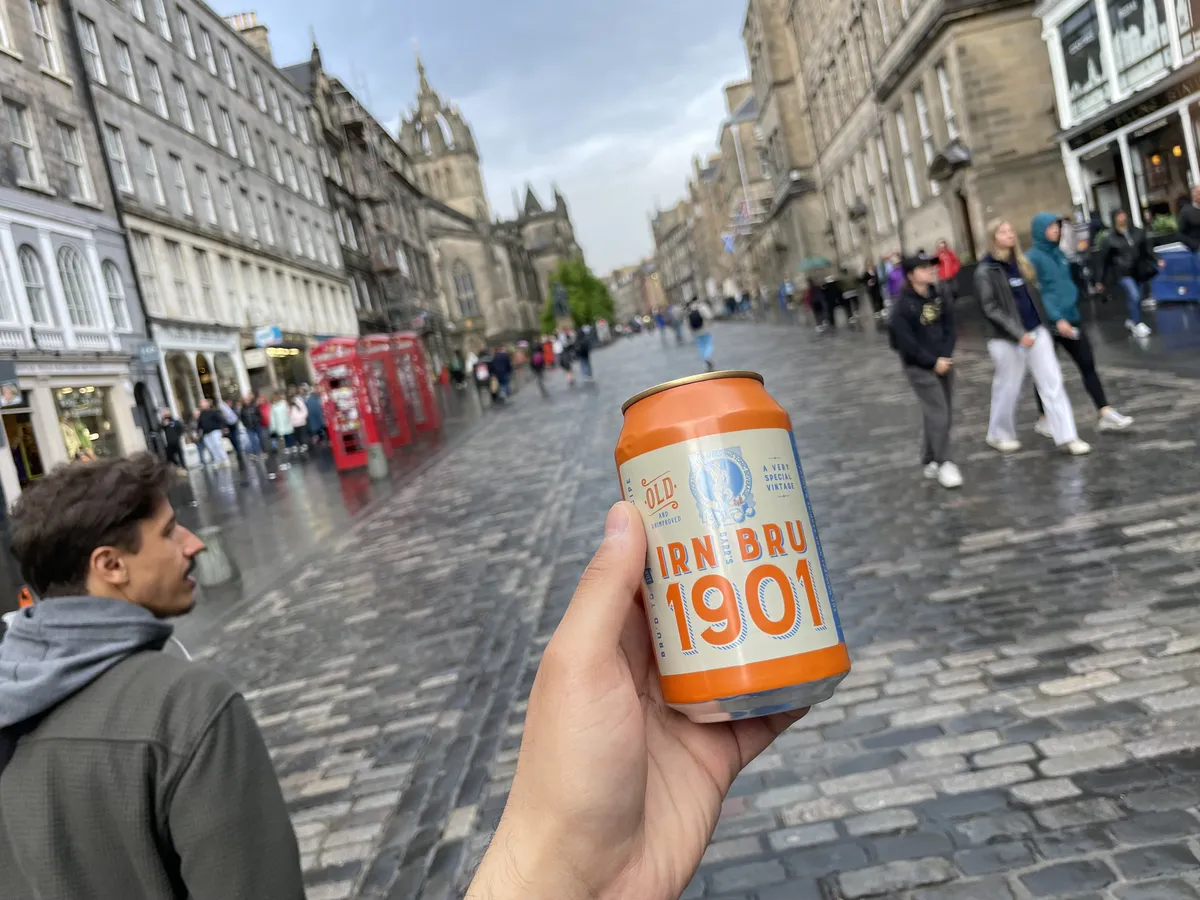
By this point, I was quite exhausted. The hostel was not the best, so I packed up and decided to join friends in York. But not before one last Irn-Bru (or Iru-Bru as I like to say), walking with Oscar from Fab Lab, BCN — we finally met IRL! Apparently, Irn-Bru is also very popular in Russia. Why? No idea.
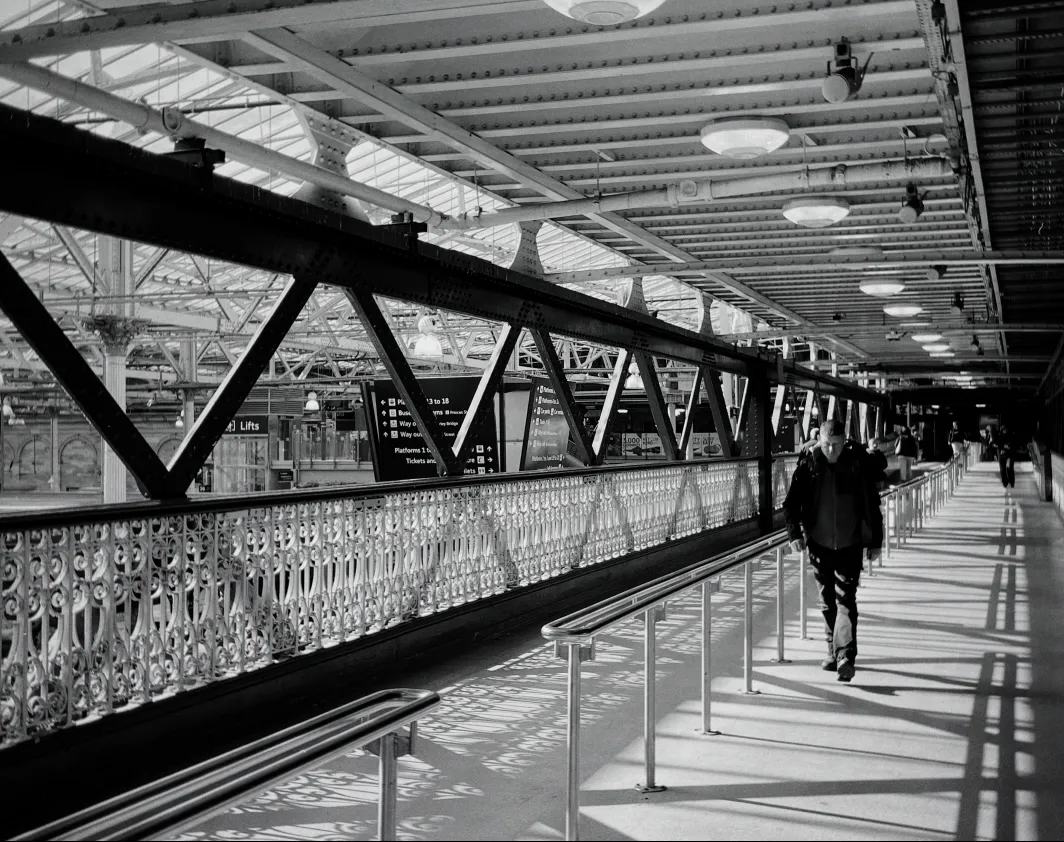
I caught the train from Edinburgh Waverley to York — more stories awaited.